Flume x Jonathan Zawada
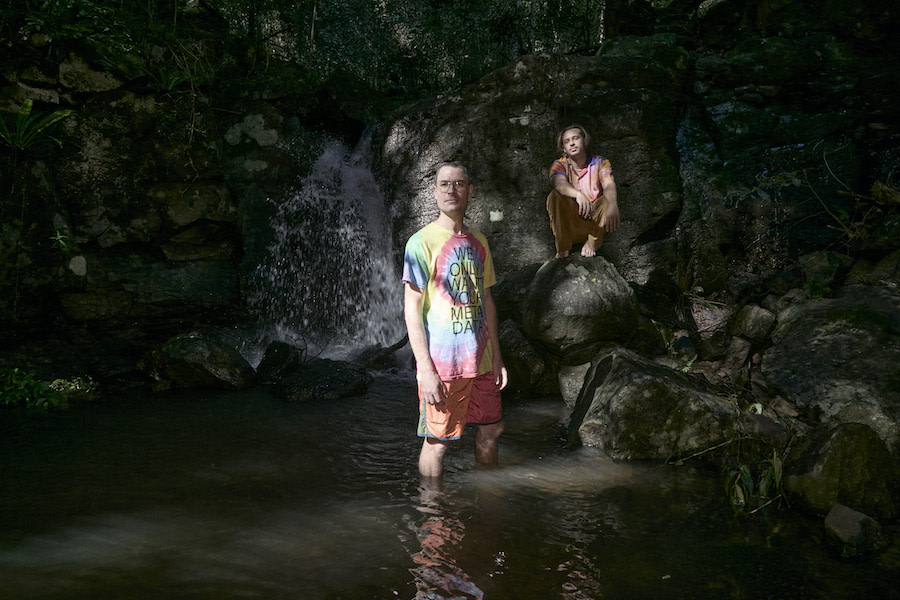
The ongoing creative collaboration between Flume and Jonathan Zawada is perfectly timed with the rise in the NFT marketplace, and a live iteration is coming to Sydney this May.
Harley Streten describes his project of creating Non-Fungible Tokens with artist Jonathan Zawada as reps, the 30-second digital animations a creative equivalent of a bicep curl. Sandwiched between rests, sets help to pinpoint specific muscle groups and increase strength, and the musician – better known by his stage moniker of Flume – likens the collaborative creative process with Zawada to resistance training because of the way it propels breakthroughs and success in other aspects of his professional work. “I’m trying to finish all these songs and I’m doing much better while doing these NFT reps because they create all these new ideas – for both of us,” says Streten. “This is the most fun we’ve had in years, and not only that, it’s also spurring certain ideas between Jonathan and I for album stuff, so we love it. My music will be better. We’ll both be better if we continue to do these.”
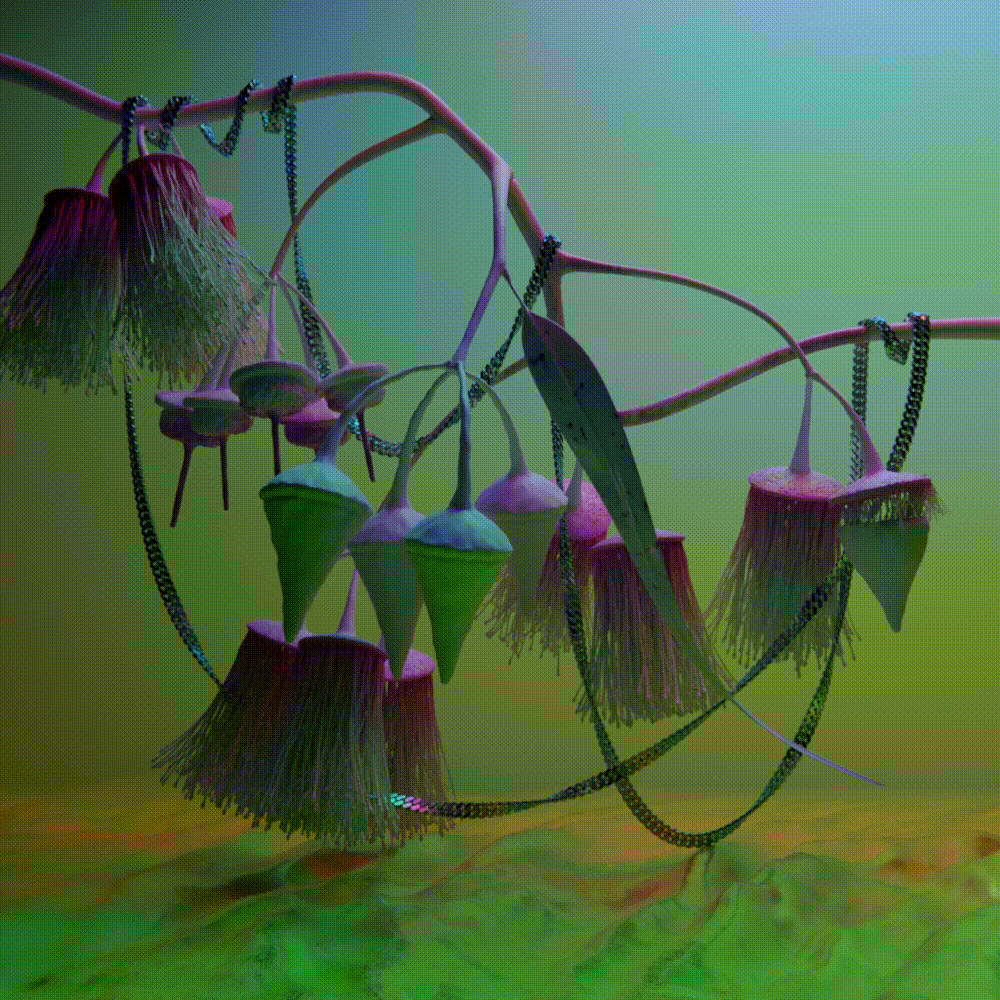
The NFT market has, in a relatively short amount of time, raged, with the combined market cap of major NFT projects increasing by close to 1800% within the last quarter alone. And propelled by celebrity endorsement and high sale prices – Beeple’s record-breaking ‘Everydays: The First 5000 Days’ fetched US$69 million – it’s all anybody’s talking about, even if they’re unclear about what, exactly, they’re discussing. And yet the chatter around NFTs has also had the negative effect of obfuscating the simple fact that, underpinned by blockchain technology, we now collectively have the means to catalogue, buy and sell digital collectibles, like Streten and Zawada’s new series, Tiddalik. And in applying certificates of authenticity to digital items, the bulk of which already existed in the public domain, we can use provenance, via the digital ledger, to add commercial value, benefiting the creatives behind these audio files or video clips or animations.
Streten and Zawada’s collaborative partnership spans around seven years, which has included album art, video works and textile installation, and has resulted in a shared language that, for their audience, is at once immediately pleasurable and completely indecipherable. A mutual adoration for the Australian landscape, with all of its oddities and sheer natural beauty, and, by contrast, an almost-obsessive interest in technological advancement, like machine learning and cryptocurrency culture, results in this unparalleled universe where elements of the organic and the synthetic intermingle, such as with digitally altered foxglove on the cover Flume’s second studio album, Skin, its stem and seedlings enhanced with gold rendering. The effect is mesmeric, but on closer inspection, unsettling – as viewers, we want to know that what we’re looking at is real or not, so the image lingers long after we’ve seen the cover.
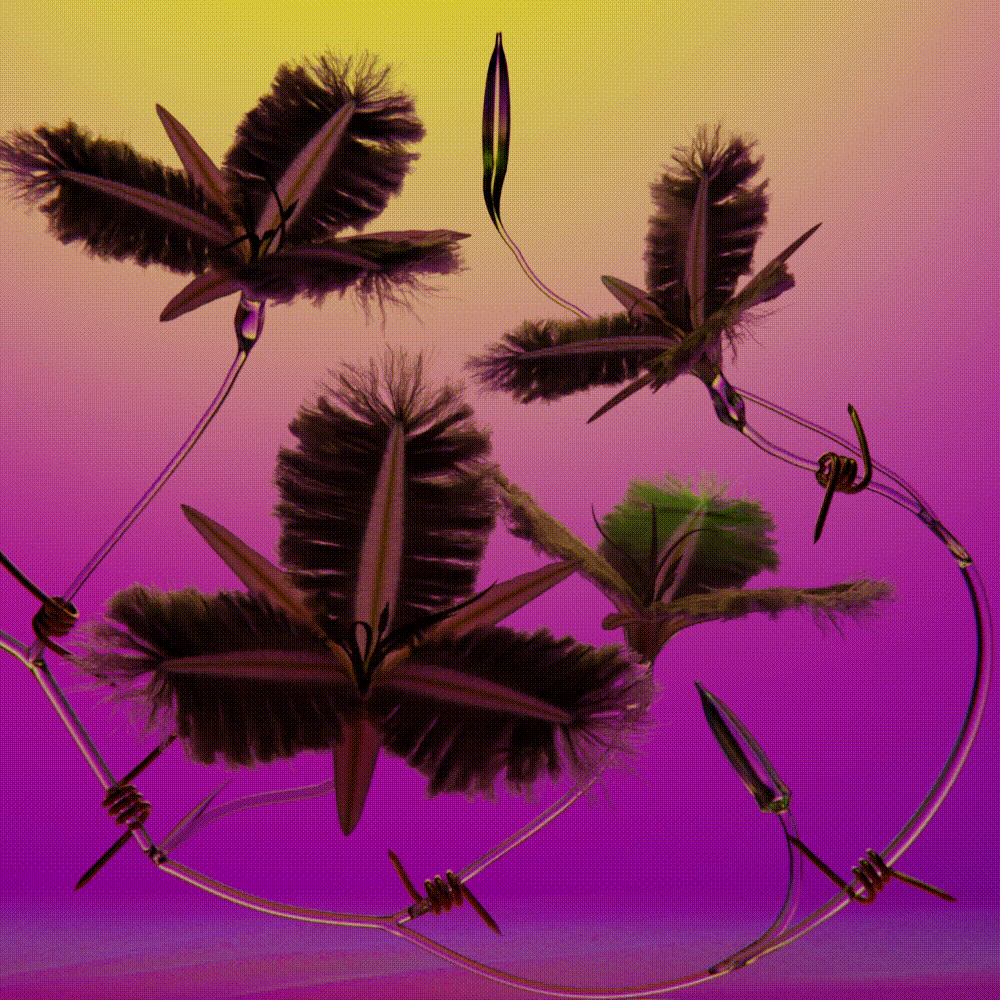
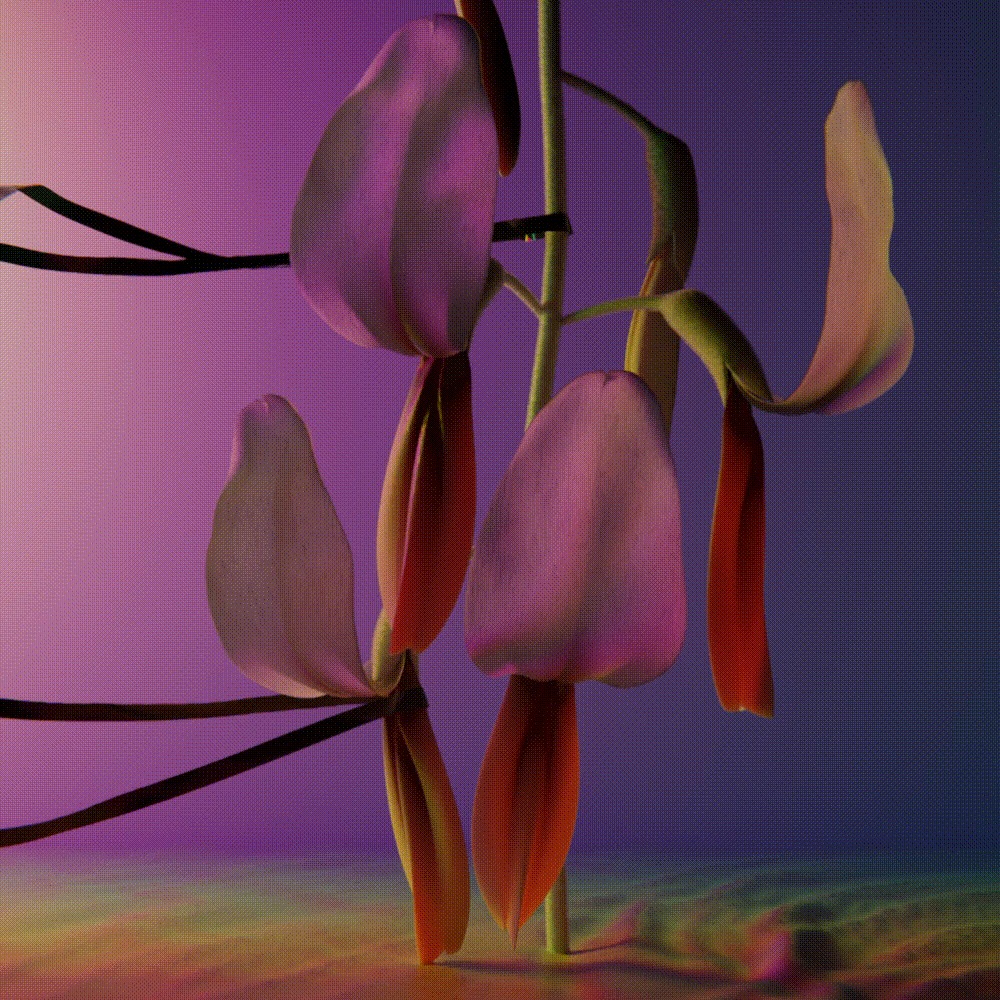
"When the NFT thing came up, it was sort of just like, great, we’ve been doing that already."
It’s this in-between space that the pair has carved a niche, where artistic experimentation reigns above the trappings of defined genre, and where, together, Streten and Zawada’s unique skillsets as creators has resulted in this highly unique combination of sound design and visual animation, now available in the form of NFTs via the Nifty platform. As Streten explains:
“We’ve been making this kind of thing for a while now, it’s just that now they’re called NFTs.” Zawada would create imagery, Streten would compose music in response, and Zawada would then add animated elements.
“It was just a fun creative exercise, like going for a surf – it’s just a way to work out the creative [part of the] brain without it being a daunting task like making a full song or creating a full gallery exhibition. And so when the NFT thing came up, it was sort of just like, great, we’ve been doing that already.”
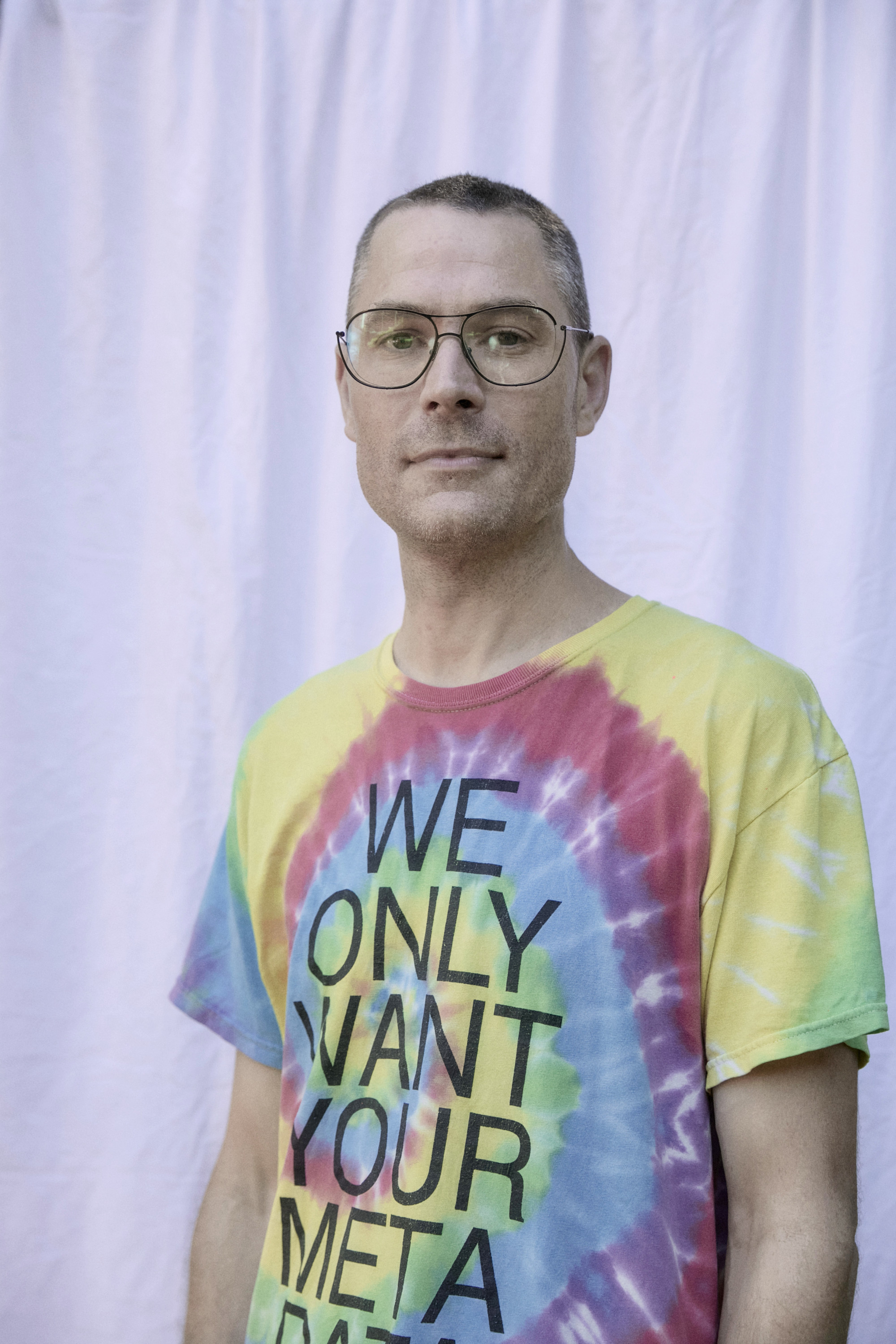
“It’s the sort of thing you do when you’re in high school or uni, where there’s no pre-existing framework,” continues Zawada. “The format of an exhibition is so well-established, so is a music video, but there’s actually all these ways of making stuff that don’t fit into those formats and because there’s no outlet for them, you just don’t do it very often, and once you’ve made five album covers, you kind of figure out the tricks and what works, so you maybe don’t challenge yourself. To me, NFTs feel like an opportunity to embrace all those things that don’t fit into any traditional format and get these works out into the world without all the work of putting a big show together.”
The digital art marketplace comes with its boundaries, too. Despite being fuelled by technology, most platforms don’t accept mp4 files larger than 50mb. “When you learn about this world your mind leaps to all of the possibilities, but it’s also limiting, and you know certain things won’t compress well. And there’s no inherent reason for this except that what these platforms have set as their limits.”
Nevertheless, as the Financial Review reported, a token linked to one of the first works uploaded to the digital marketplace, Saccade, was sold at auction for $66,000. The co-creators retain the artistic copyright, and the work is available to view online – for free, and to anyone – but the successful bidder is now forever listed as the official owner of the work.
"NFTs feel like an opportunity to embrace all those things that don’t fit into any traditional format and get these works out into the world."
Nevertheless, as the Financial Review reported, a token linked to one of the first works uploaded to the digital marketplace, Saccade, was sold at auction for $66,000. The co-creators retain the artistic copyright, and the work is available to view online – for free, and to anyone – but the successful bidder is now forever listed as the official owner of the work.
“I think for all of the flaws of the NFT the takeaway is that it’s injected some enthusiasm and some excitement into the art world, and I’ve had feedback directly from people on Instagram who bought some of the NFTs that we did, asking me if I would do private sales or to get a sneak peek at the Nifty drop,” Zawada explains.
“The interesting part is that people really feel like they’re entitled to and comfortable enough having their opinion of the work be known, which I don’t usually get. With NFTs, it feels like a direct transaction and people feel like they’re getting close to the artist, whereas usually there’s agents and middle people involved a barrier.”
Having both returned to Australia from the United States, Streten and Zawada have been directly inspired by their surrounds on the north coast of New South Wales, and in extension of sorts of the Skin cover art, they again create these hyper-real tableaux of native flora in what are modern-day audio-visual adaptations of the 17th century Dutch still life, Vermeer of 21st century Byron Bay.
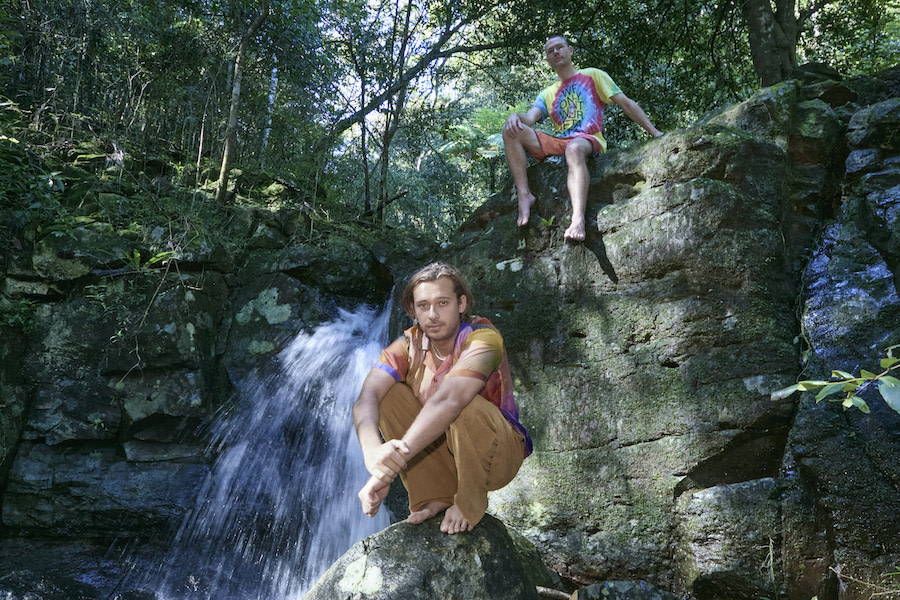
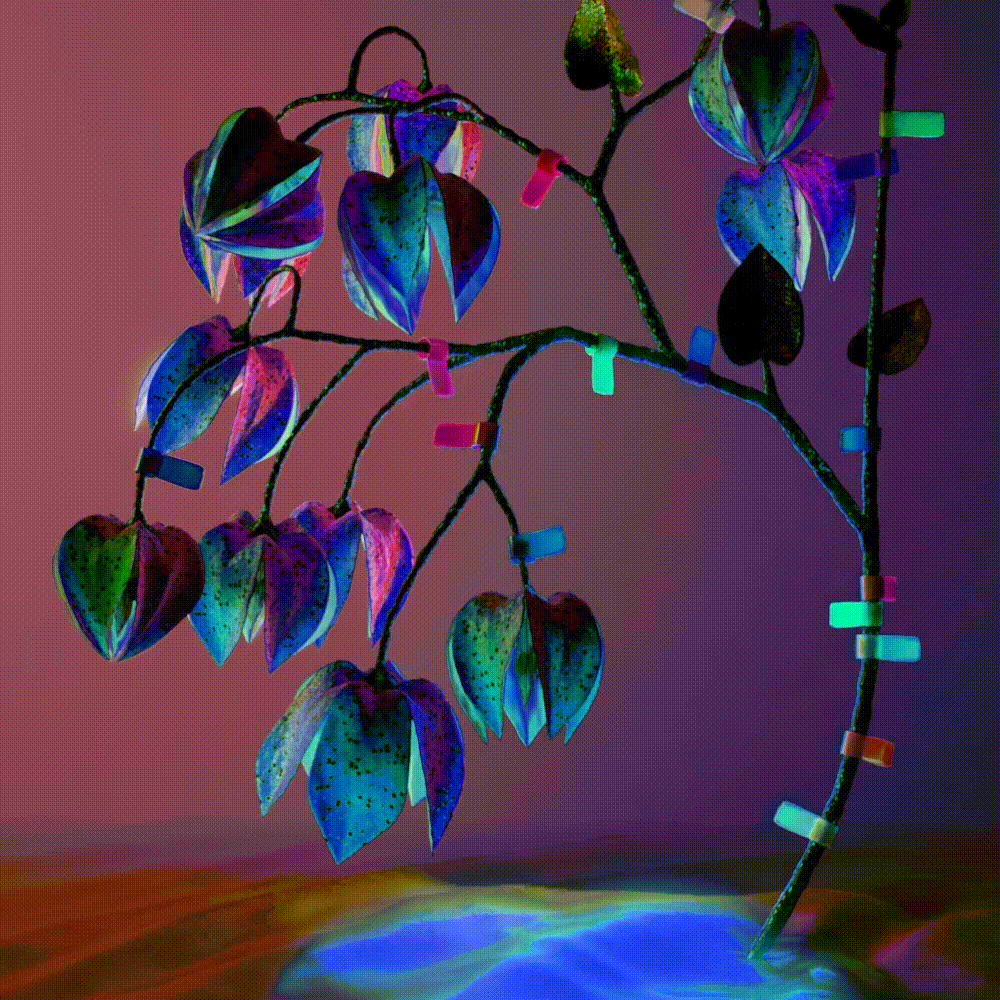
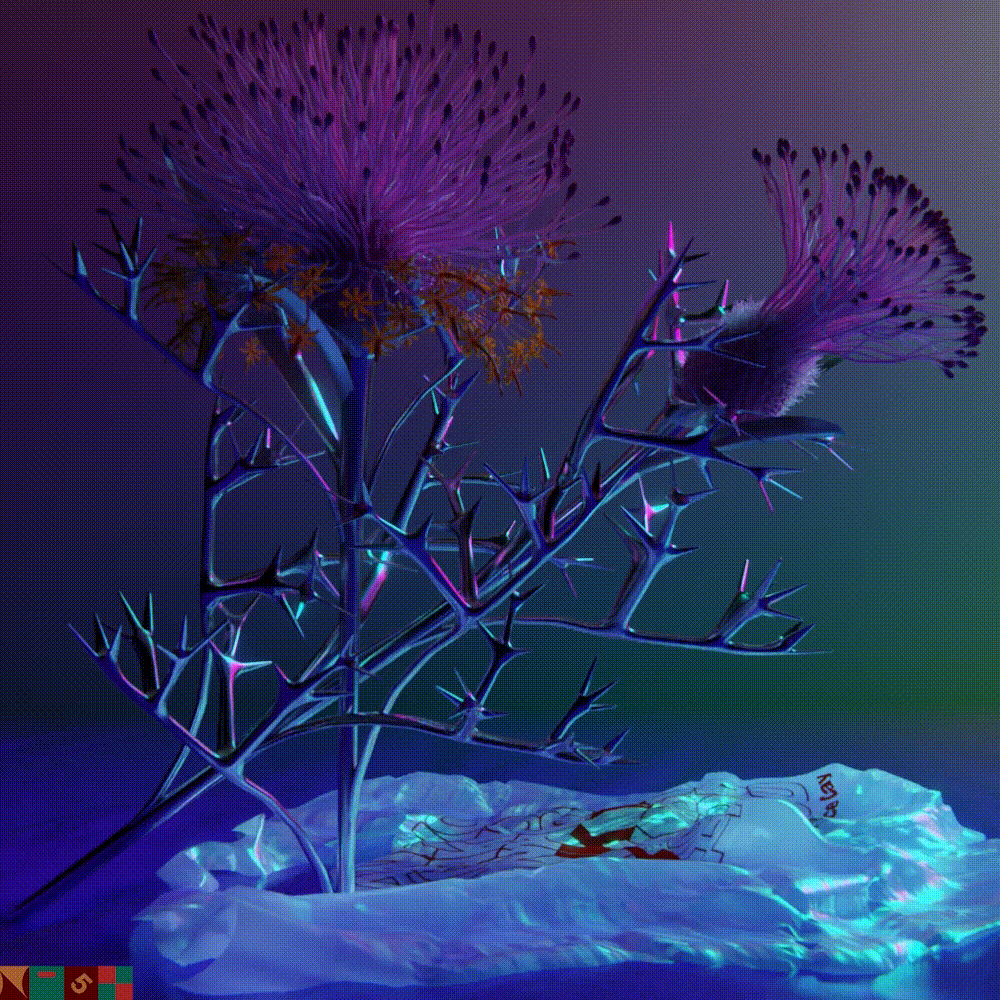
In Jingymia Mallee, gumtree is rendered in vivid pinks and yellow, underscored by a fast-moving, cloud-like surface in neon tones, the leaves gently rocking back and forth to a cinematic, richly layered composition that’s soothing played on loop. Bells Paws Whiskers, a vertical, 37-second piece, presents a still-life arrangement of blooms pierced with nails as they twist and mutate to a vibrating electronic score with melodic chiming bells.
“They sort of just pop up from us chatting, and the visual motifs are really directly related to us hanging out,” says Zawada. The flowing water motif that appears in some of the works, for example, took its literal cue from the artist bogging his car in the creek that runs through Streten’s property. That so much of the subject matter is derived quite literally from the artists’ own backyards, both Streten and Zawada were keen to embrace the distinctly Australian elements of their project, particularly given that, for a lot of the audience, it’s an incredibly foreign landscape and culture.
“I went down a path of trying to research the Indigenous names for the plants and flowers that we’re depicting, but pretty depressingly found out that you can’t actually find those names,” explains Zawada. That they settled on naming the series Tiddalik, after the tale of the namesake frog in Indigenous Australian Dreamtime storytelling was, they both agreed, a tribute to the culture for which they hold great respect, a link to the great flood the story tells of, as well as a nod to the unique Australian vernacular, Tiddalik being something familiar to most.
“These ideas aren’t born from isolation but our shared experience,” says Zawada. What we see in these series of digital artworks also perhaps provides insight into what both creatives are working on as far as their broader projects. “We’re investing different things visually, through sound, and this is all happening adjacent to our other work and spurring a lot of ideas.”
Tiddalik by Flume and Jonathan Zawada, will exclusively exhibit as part of A Semi Permanent Hotel presented by Highsnobiety in Sydney, Australia in May 2021.
Subscribe to Semi Permanent's mailing list below or follow @semipermanent for announcement details.